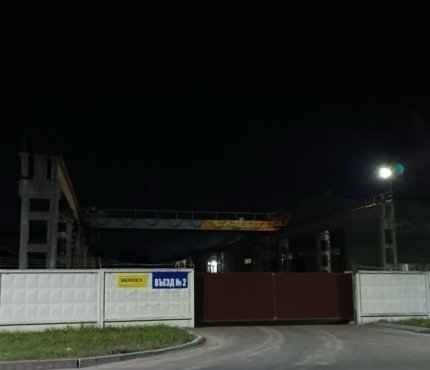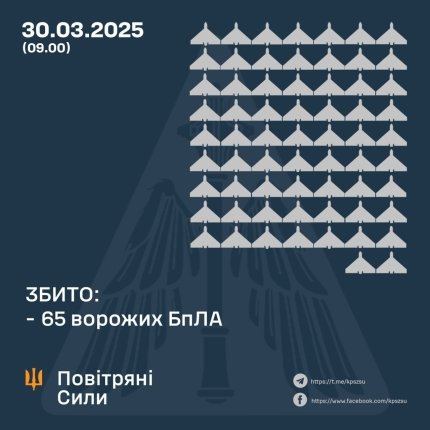Guerrillas of the Crimean Tatar resistance movement ATESH got hold of one of Russia's military factories, which produces complexes for suppressing spy satellites, ground-based radars and aviation systems.
Points of attention
- The Bryansk Electromechanical Plant is a significant enterprise within Russia's military-industrial complex, producing advanced electronic warfare systems and aviation equipment.
- The Krasukha-4 EW system, developed at BEMZ, is capable of suppressing spy satellites, ground-based radars, and aviation systems within a radius of up to 300 km.
- ATESH, the Crimean Tatar resistance movement, conducted reconnaissance at Russian military facilities, uncovering strategic information about key installations like the gas processing facility in Krasnoyarsk.
- Sanctioned by the US and EU, the Bryansk Electromechanical Plant faces increasing scrutiny, highlighting geopolitical tensions and the strategic importance of such facilities.
- The activities of ATESH demonstrate a persistent effort to gather intelligence on critical infrastructure, showcasing the group's determination and resourcefulness in their mission.
ATESH explored the nuances of the Bryansk Electromechanical Plant
"BEMZ" is a very important enterprise for the military-industrial complex of Russia, which has a powerful production base. This production facility produces ground-based electronic warfare (EW), onboard aviation equipment, digital computing systems for intercontinental ballistic missile control, and aircraft radar stations.
Coordinates: 53.32949145414071, 34.252962229229844

It was also here that the "Krasukha-4" EW system was developed — a complex that suppresses spy satellites, ground-based radars and AVACS aircraft systems within a radius of up to 300 km.
Back in June 2022, "BEMZ" came under US sanctions, and 2 years later — under EU sanctions. It's time to come under the "sanctions" of the Defense Forces of Ukraine! — noted in ATESH.
ATESH found a Russian military facility in Krasnoyarsk
Guerrillas of the Crimean Tatar resistance movement ATESH conducted reconnaissance at the gas processing facility, which stabilizes the voltage and supplies gas to the boiler rooms of military units in Krasnoyarsk.
Our agents conducted reconnaissance to identify weak points in Russia's energy system, namely at the gas processing facility, which stabilizes the voltage and supplies gas to the boiler rooms of the Krasnoyarsk military units.
It is noted that agents of the resistance movement penetrated the protected territory and collected all the necessary information.
Thanks to the individuals in the staff and security for "quality" work and assistance to our agents in the performance of work.













